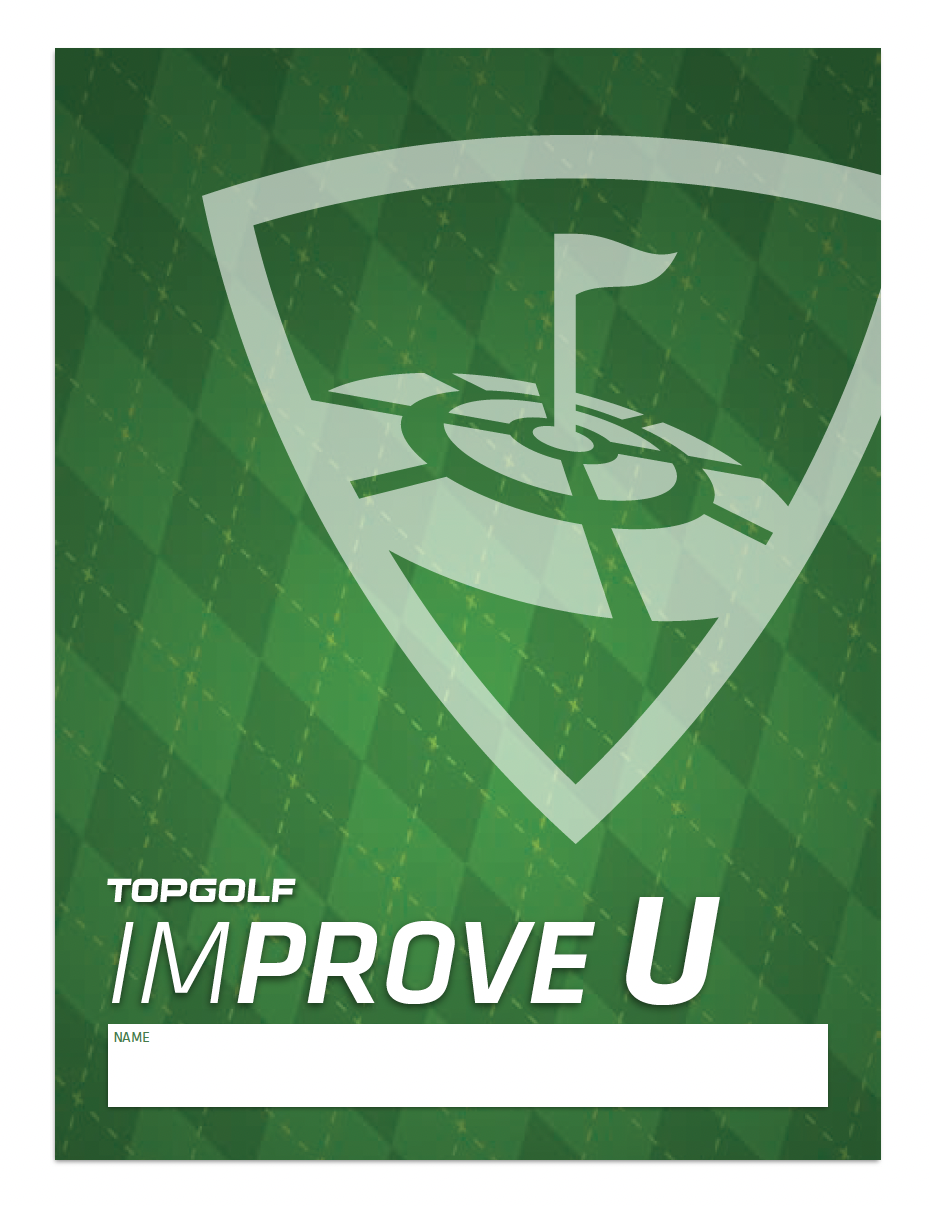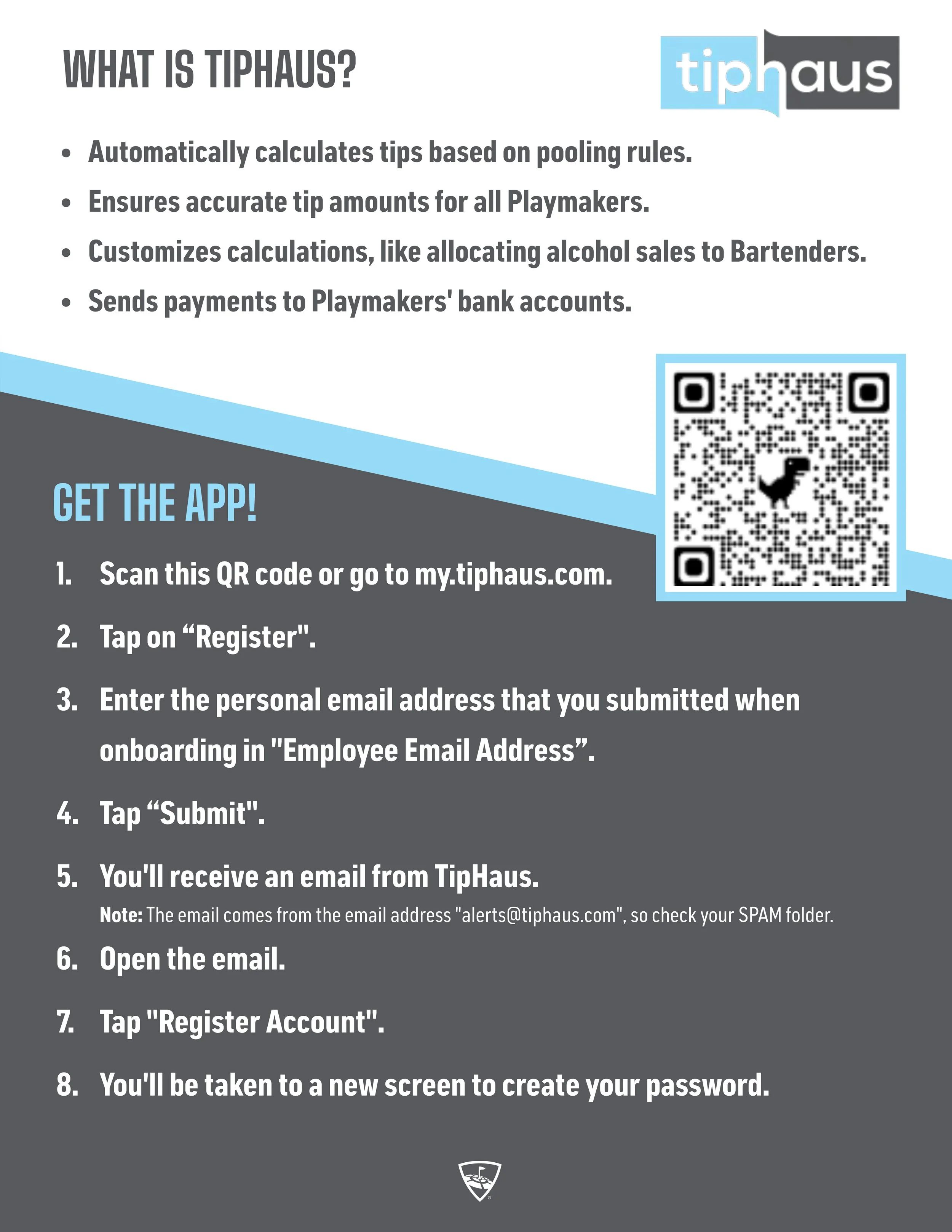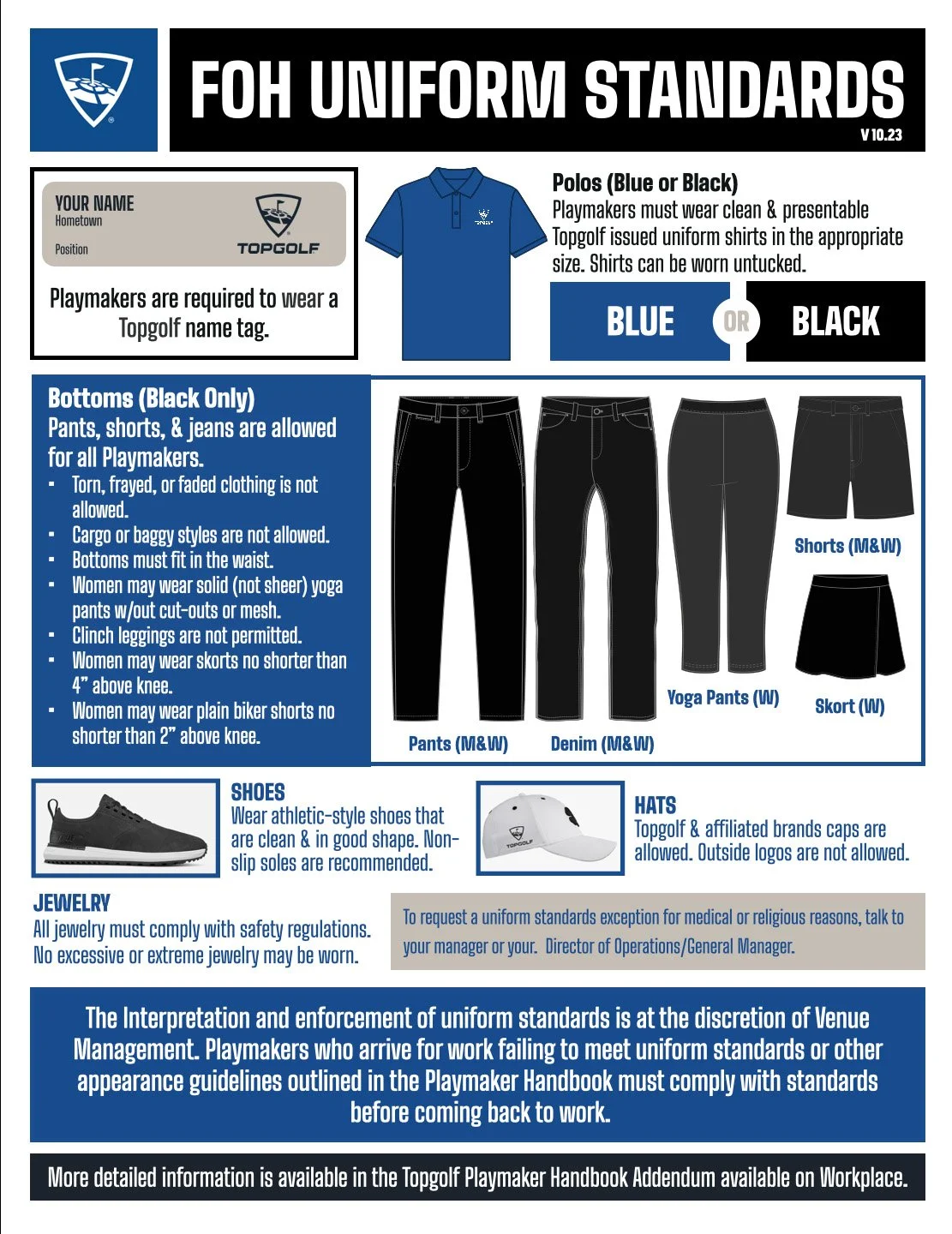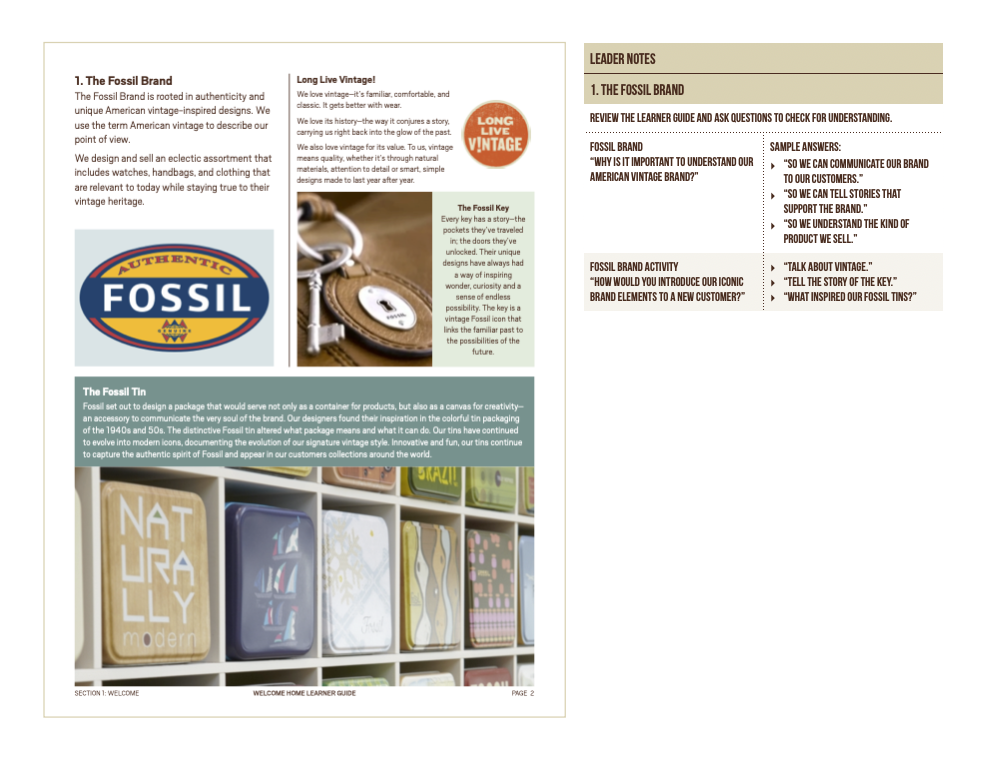Brian Harkins
Learning Leader | Instructional Designer | Leadership Coach | Facilitator
I’m a lifelong learner.
I’m a Servant Leader.
I love snacks.
I love dogs. Cats are okay too.
I’m dangerous with a white board.
I find joy in helping others.
I believe in the Oxford comma.
I think learning should be fun.
I’m on the hunt for my next adventure as a learning leader. Think of me as the GPS for your L&D function. I partner with the business to chart the big-picture destination - what a “finished” curriculum would look like, how success is measured, and how we can work with our partners to execute with quality. Then my team and I get to work making it real. Do unexpected detours pop up? Constantly. But we remain agile, shuffle priorities, and keep cruising toward the goal. Snacks included.
Work Samples
Learning games
This learning activity for the Hospitality industry allows new hires to experience different parts of the facility and discover the basic responsibilities of each role.
In the classroom, learners review three of the basic responsibilities for each hourly role.
Then, they search the facility for standees with QR codes that are placed in locations where an employee in that role would actually be stationed.
By scanning the QR code, learners view videos where the characters, loosely based on the Clue board game, repeat their job responsibilities - but one of them is wrong! To win, learners must uncover who gets it wrong.
I included this excerpt from an onboarding class to showcase my ability to create interactive, engaging learning experiences that include games that inspire competition and drive learning through solving.
This presentation’s purpose was to build upon a previous Social Styles leadership development effort at a global professional services firm. This deck ties Social Styles to Situational Leadership techniques.
It’s an recent example of my organizational development and consulting skills.
LeadershiP
skills
Click image to view.
This presentation was designed for leadership development at a local charity.
It is a deep dive into CliftonStrengths with activities that help the learner apply what they have learned to their daily tasks and projects.
Click image to view.
This is an example of a live instructor-led class.
I include this because the design of the facilitation uses formatting and color-coding to assist the facilitator in delivering the content as written without sounding like they are reading aloud.
Also, the deck’s design fully aligns with brand standards.
Instructor-Led
Classroom
Click to view.
Click to view.
Online Learning
This 2-part course is designed to improve the performance of managers in the hospitality industry.
It was developed in Articulate Rise. I like Rise because it’s a fast development tool, but I am also proficient in Storyline.
Competency-based Development Program
This program, from 2017, was designed to support both enrollees and mentors with a roadmap for competency development. While the modality is outdated, the program design and methodologies are still sound.
Mentors play an active role by evaluating enrollee’s performance against role-specific competencies, identifying growth opportunities, and creating action plans to help them master the skills and behaviors associated with each competency.
The program outlines clear career paths, giving high performers a roadmap of what’s expected to move toward promotion or to switch to a different career track.
It also provides support for those who may be struggling, helping them build the skills and confidence needed to meet performance standards.
CLICK THUMBNAILS TO VIEW GUIDES
Blended Learning
This as an example of blended learning and a self-paced program. Both of these can be complex to execute, because they require different tools used at different times. But this program has proven to be easy to execute and effective.
This is a blended course for a specialty role in the hospitality industry.
It consists of three elements:
1
Learners first view online learning for an overview of the program and details about execution.
Then Learner follows a trainer on shift. The trainer presents topics from a checklist as they occur and, in between, role plays scenarios based on common interactions.
2
Trainers ensure all topics are covered and feedback is sent to the Manager using an online checklist
3
This video is a sample of this course’s Online learning content.
One-Pagers
Here are some examples of fliers and job aids meant to convey information in an easily consumable format.
Explainer Videos
Short videos go a long way to explain simple messages around change management or up-skilling. Here are some examples.
This program was designed to be executed by a single trainer with a small group of learners in a retail environment.
The Leader Guide provides a view of the Learner Guide next to facilitation to help them stay on track.
It’s also a good example of my ability to put the “design” in instructional design by following brand guidelines, using approved fonts, colors, and brand assets.
My #1 rule is “No clip art”! I will die on this hill.
Onboarding
Click images to view.
Podcast
If you have some time, here’s a podcast I recorded recently with Learning Pros. In it, I share some insights into adding games and other interactive elements to your design to keep learners engaged and solving.
















